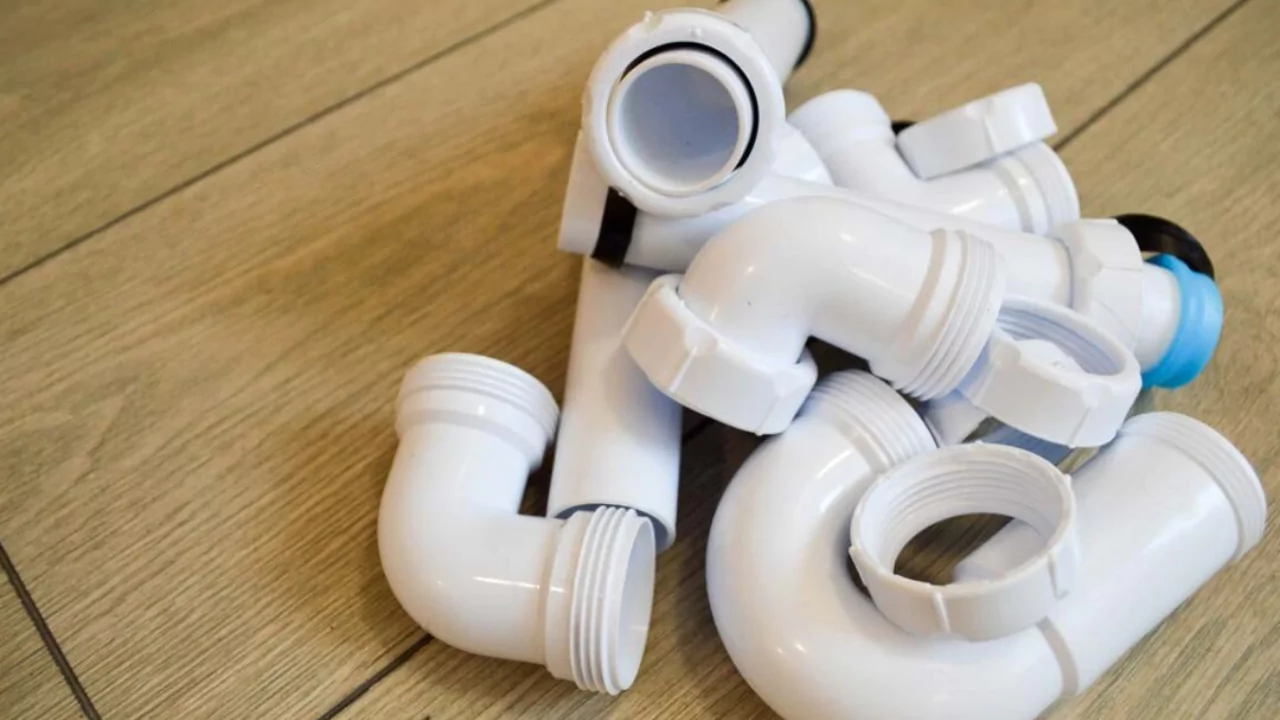Non Metallic
The term non-metallic refers to materials that lack the characteristics of metals, such as electrical conductivity, luster, and malleability. These materials are typically poor conductors of electricity and heat, and they are often more brittle or flexible compared to metals. Non-metallic materials are used in a wide range of applications where metal properties are not required, offering benefits such as insulation, lightweight construction, corrosion resistance, and more
Key Features
- Poor Conductivity: Non-metallic materials are generally poor conductors of heat and electricity, which makes them ideal for insulation purposes.
- Brittleness or Flexibility: Many non-metallic materials, such as ceramics and glass, can be brittle, while others like plastics and rubber are flexible and can withstand bending or stretching without breaking.
- Corrosion Resistance: Non-metallic materials, especially plastics and ceramics, are highly resistant to corrosion, making them ideal for use in harsh environments.
- Lightweight: Non-metallic materials like polymers, foams, and composites are typically much lighter than metals, making them suitable for applications where weight reduction is crucial.
- Insulating Properties: Many non-metallic materials serve as insulators in electrical, thermal, and mechanical applications due to their inability to conduct electricity or heat.
